Superficial burns, like sunburns, are commonly red and painful. If it's a superficial burn, immediate medical care might not be necessary. If you or your child suffers a minor burn, it will appear red, a little swollen, and it will turn white when you press on the skin. A minor burn is painful – soothe the pain by cooling the burn under cool, not cold, running water for 10 to 15 minutes. You can also apply a clean towel dampened with cool water to the burn.
Running cool tap water over a mild thermal or sunburn provides instant pain relief. If you can't run water over the burned body part, try applying cool compresses for 10 to 15 minutes at a time for half an hour after the burn occurred. (Drench a chemical burn with water.) Afterwards, gently dry the burn and apply a non-stick bandage. You can use aloe vera gel or antibiotic ointment to keep the burned area moist for the first few days. You can take over-the-counter pain medication to help relieve the discomfort of burned skin.
A second-degree burn is more serious, causing red, white or splotchy skin, swelling, pain and blisters. Once you've assessed the damage, it's important to disinfect and protect the burn to prevent infection. "After you cool the burn with a compress, clean it with soap and water and coat it with an antibiotic ointment and cover if possible," advises Brown. Always wash your hands thoroughly before cleansing and applying ointment. Do not use hydrogen peroxide, as this can destroy the healthy tissue along the wound and further damage the skin. Then, treat the skin with Aloe Vera or antibiotic ointment and wrap it loosely in a dry gauze bandage.
An over-the-counter pain reliever can also help with the pain and swelling. First degree and smaller second degree burns are usually managed well at home. First aid may include soaking the burned area in clean cool water for a few minutes to stop the burning process, and then drying gently. Creams, such as aloe vera or burn ointments may help relieve some of the pain or discomfort. Keep the burns clean and loosely covered, and monitor for breaks in the skin and signs of infection.
Ice is not recommended as an initial treatment for burns because it can decrease circulation and make the burn worse. Do not put any food-based products on the burn as this may cause infection and make it more difficult to clean the wound. Treat small burns with over-the-counter topical antibiotic ointment, like Polysporin or Neosporin, until healed. Burns heal better in a moist, covered environment. Electrical shocks send about 30,000 people to the hospital each year, including children.
Adults who get zapped while tinkering with their home electricity may not get burned, but children can be seriously injured by a house's electrical current. Most people picture a burn as a skin wound, but burns can occur inside the body too, making them invisible. These burns can be caused through inhalation or ingestion of chemicals. Children, in particular, are vulnerable to internal burns caused by swallowing toxic substances.
Symptoms of an internal chemical burn are vomiting , foaming around the mouth, or difficulty breathing. First- and second-degree burns that affect only a small area of skin can be managed at home. You may be tempted to apply ice packs to calm the pain, but don't. The extreme coldness of ice against burned skin can restrict blood flow to the area and worsen the tissue damage.
Instead, run cool water over a thermal burn for 15 to 20 minutes or apply cool-water compresses every 10 minutes or so for 30 minutes. This technique will alleviate the pain without making the damage worse. Flush chemical burns with water for 30 minutes, even for a small area. Full thickness – involves damage to both the first and second skin layers, plus the underlying tissue. The burn site generally appears black or charred with white exposed fatty tissue. Very deep burns may damage the underlying muscle or bone.
The nerve endings are generally destroyed and so there is little or no pain at the site of the full-thickness burn. However, surrounding partial thickness burns will be very painful. While waiting for medical professionals to arrive, start by ensuring the patient is no longer in contact with any burning or smoldering materials. Do not remove clothing that may be stuck to the burn surface, and cover the area with a sterile, non-adhesive bandage, a clean cloth, or a sheet . If the fingers or toes have been burned, use sterile, non-adhesive dressing to separate them. If possible, elevate the affected body part above the heart to reduce inflammation.
If the patient is exhibiting signs of shock and hasn't sustained a head, neck, back, or leg injury, start by laying them on their back. Monitor the patient's vital signs until medical help arrives. Don't forget to give painkillers, such as a paracetemol-based syrup, and reassure your child to help them remain calm. Always seek medical advice for a baby or child who has been burned. All burns or scald injured with babies and children need medical attention, even small ones, because their skin is so delicate and still growing.
Remember though that a child should be kept warm while cooling the affected area. Deep partial thickness burns - these burns involve the epidermis and extend through most of the dermis. They are less red and are drier than superficial second degree burns.
These burns may take up to a month to heal, and scarring may be extensive. If blisters are not broken, remove any jewelry or clothing from the area and run cool water over it for about 10 minutes. Take care to not open any blisters, as this will increase the risk of infection. If the blisters are broken, do not run cold water over the area and do not remove clothing that may be stuck to the burn surface.
While ice is a no-no, "running it under cool water is fine," Gibson says. But if you're seeking professional medical care, you want to keep the wound clean and dry. "If nerves are exposed to air, it hurts a lot more," she explains.
Second degree burns can be extremely painful and create more serious skin damage as they include the epidermis and part of the underlying dermis. The burned area is red, swollen and blistered and may become infected if not properly cared for. These burns can often be treated with basic first aid but depending on their location or size may also require medical attention. Most first-degree burns don't require medical attention, says Bernal.
She recommends rinsing the burn area with cool water for five to 10 minutes or until the pain subsides. Next, apply a moisturizing lotion and if needed, take an over-the-counter pain reliever for a few days. First-degree burns don't usually need professional medical attention. Simply cool the burn under cool, running water for several minutes to stop the burn from getting worse. You can give the injured person an aspirin and soothe the area with some aloe vera ointment or burn cream.
Deep dermal or partial thickness burns are where the epidermis and the dermis are damaged. This type of burn makes your skin turn red and blotchy. Your skin may also be dry or moist, become swollen and blistered, and it may be very painful or painless. If you suffer a minor friction burn at home and want to treat it, start by running cold water over the affected area. The water will help clean the wound, and the cool temperature will reduce swelling. You can use soap to clean the area to decrease the risk of infection, as well.
First degree burns, often referred to as superficial burns, affect only the epidermis or outermost layer of skin. When touched, skin that is burned superficially will blanch. The injured epidermis will slough off after a few days. These burns generally heal quickly and do not cause scarring. If the burned skin or blisters have broken open, a bandage is needed. To further help prevent infection, apply a clean bandage whenever your bandage gets wet or soiled.
If a bandage is stuck to a burn, soak it in warm water to make the bandage easier to remove. Be sure to read the product label for correct use. All thermal, chemical and sunburns destroy at least the top layer of skin.
And when the body heals these injuries, it begins by building new tissue from the bottom up. First, your skin will peel to slough off dead skin so new tissue can grow in. Next, the body begins building new tissue layers in the wound, which may look gooey or yellowish for a few days. If you develop a fever during this process, see a doctor. Healing is complete when new skin grows over the surface. Next, cover the burn injuries with a dry, sterile dressing.
In cases where the total burn injury is larger than 9% of the entire body , the patient needs to be transported by ambulance to a burn center. Burns can be caused by flames, ultraviolet radiation, hot liquids, electricity, lightning and certain chemicals. Partial and full thickness burns require urgent medical attention.
Full thickness burns often require skin graft surgery. A second-degree burn affects a deeper layer of the skin. There is damage to the top layer or epidermis and some damage to the second layer of skin or dermis. There are blisters, which may be broken or intact, and swelling.
The skin under the blisters is wet, weepy, pink and painful. This type of burn may occur from a scald, hot grease or contact with a hot surface, such as a curling iron. There are two schools of thought in regards to how to treat blisters associated with second degree burns. There are valid arguments on both sides of the issue. Whether to leave blisters intact should be decided on an individual basis.
Damage to this layer of the skin is classified as a deep partial thickness burn, and can lead to significant scarring. Third degree burns are extremely serious and cause severe damage to deeper layers of the skin. They are characterised by a whitened or charred burn site with no sensation in the area due to destroyed nerve endings. Third degree burns are emergency situations and immediate medical attention should be sought. A third-degree burn is the most serious type of burn and requires a call to 911 and immediate medical treatment.
This type of burn involves all layers of skin and underlying fat, sometimes even affecting muscle and bone. Someone suffering a third-degree burn needs to go to the hospital right away. Don't take off any clothing stuck to the burn and don't soak the burn in water or apply ointment. If you have a minor burn, running cool water over the burn and keeping it cool with aloe is appropriate. When you think about burns, you might picture a painful sunburn or a mark on your hand from accidentally bumping against a hot oven rack—a thermal burn. But burns also can occur due to electricity and chemical exposure.
Mild burns can be managed at home, but some types of burns require medical intervention, even if you can't see any evidence of a burn. Find out about different degrees of burns and how to treat burns at home—and when to see a doctor. This helps with pain and can reduce the risk of scarring and need for surgery. If your burn has caused a blister, you should seek medical attention. The blister will probably remain intact, although some burns units at hospitals follow a policy of deroofing blisters. Deroofing means removing the top layer of skin from the blister.
This short guide to identifying the severity of a friction burn should help you treat minor burns at home. If you are worried the burn needs professional treatment, ask your doctor for medical advice or go straight to an urgent care center near you. Hydrofibers, alginates and foam dressings may be used on superficial partial thickness burns. These products may require fewer dressing changes.
In addition, they absorb exudate and keep the wound bed moist. Once under proper medical care, the wound will be debrided to remove dead tissue and foreign contaminants, cleaned, and dressed. Always see a doctor if the wound is deep, bleeds heavily or shows signs of infection like reddening, swelling or warmth. Please note that, although they were compiled with great care, the tips and advice given on this website by no means substitute medical advice and treatment. If you have or suspect a health problem, consult a doctor and follow medical advice, regardless of what you have learned on this website.
Always read carefully and follow the instructions for use or the leaflets of our products. Covering the burn—Dressings should cover the burn area and keep the patient warm. Polyvinyl chloride film is an ideal first aid cover.
The commercially available roll is essentially sterile as long as the first few centimetres are discarded. This dressing is pliable, non-adherent, impermeable, acts as a barrier, and is transparent for inspection. It is important to lay this on the wound rather than wrapping the burn. This is especially important on limbs, as later swelling may lead to constriction. A blanket laid over the top will keep the patient warm. If cling film is not available then any clean cotton sheet can be used.
Hand burns can be covered with a clear plastic bag so as not to restrict mobility. Avoid using wet dressings, as heat loss during transfer to hospital can be considerable. Topical antibiotics are medicines you put on your skin to kill bacteria. Most cuts and scrapes will heal without ointment, but they can reduce scars and help the wound heal faster. If you do use an antibiotic ointment, apply it to your skin one to three times a day and then cover with a clean bandage. See a doctor or nurse if you are unsure about what to do after a burn.


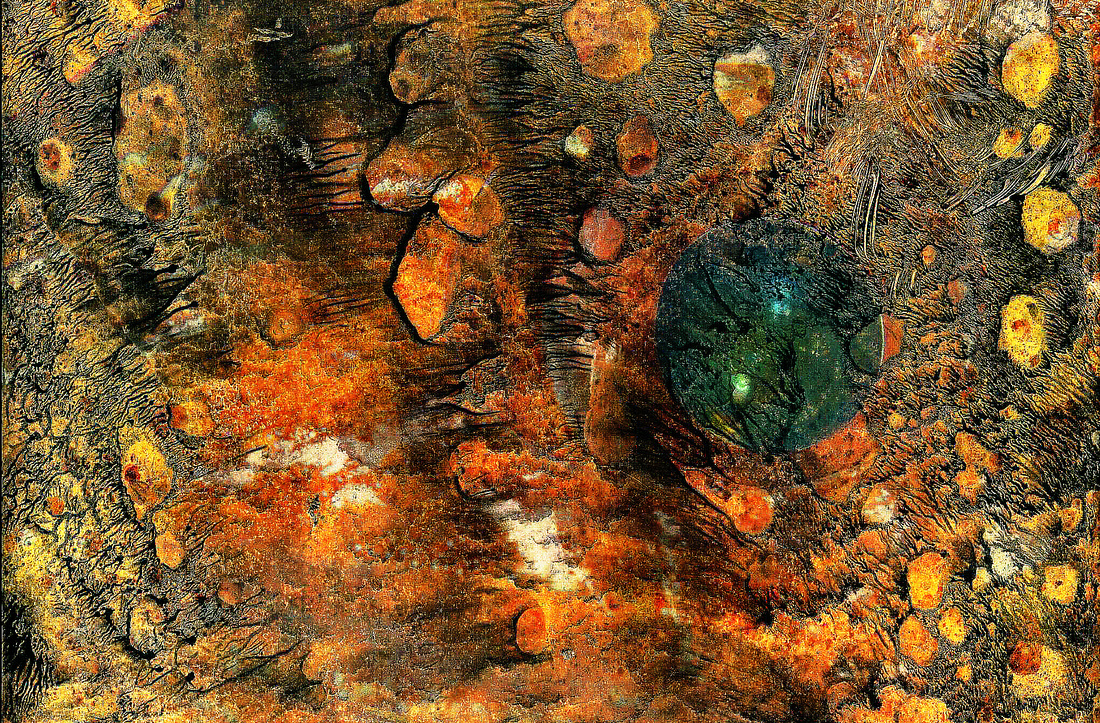



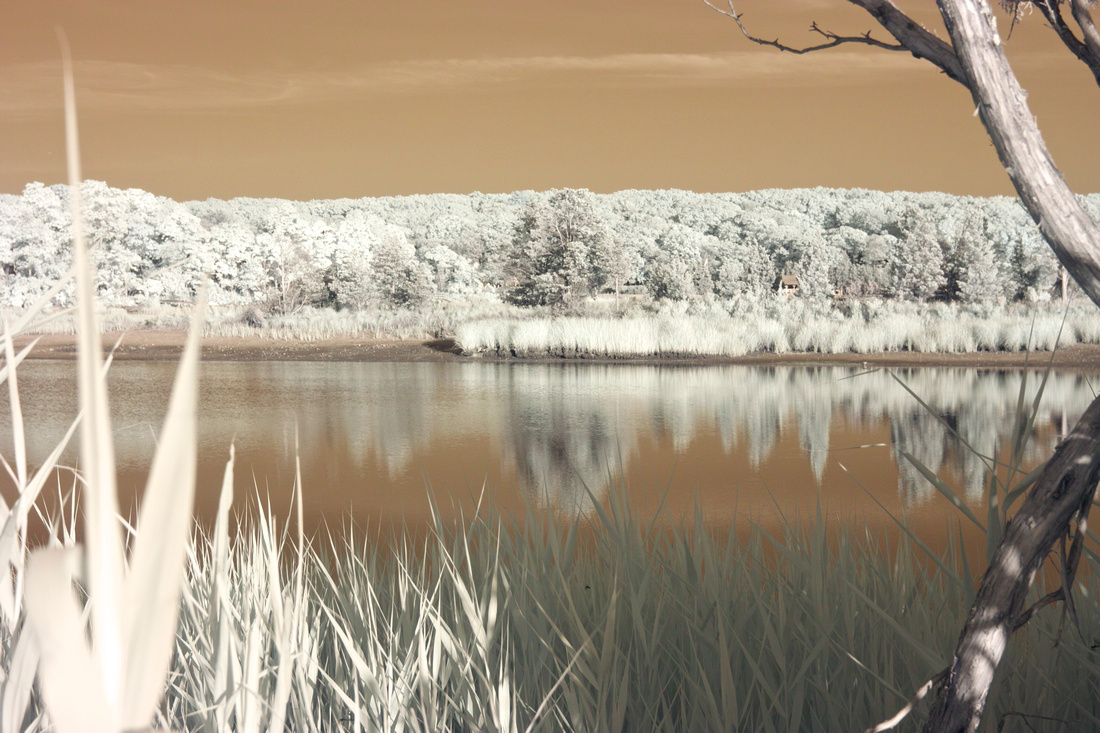
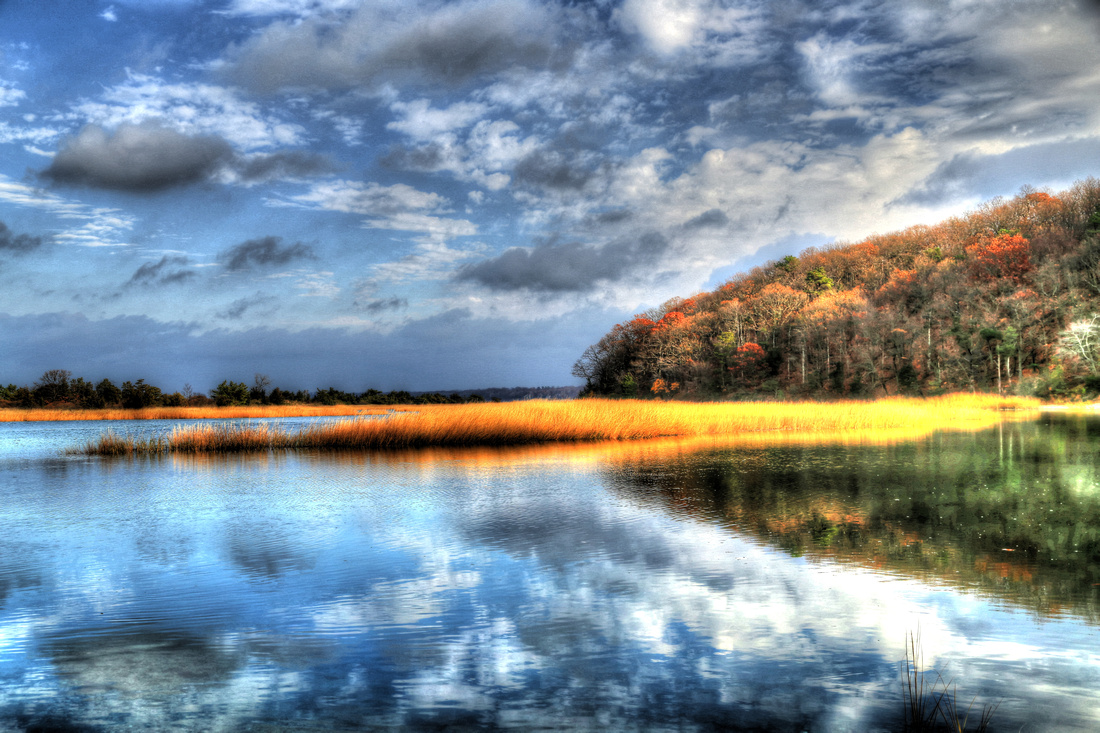

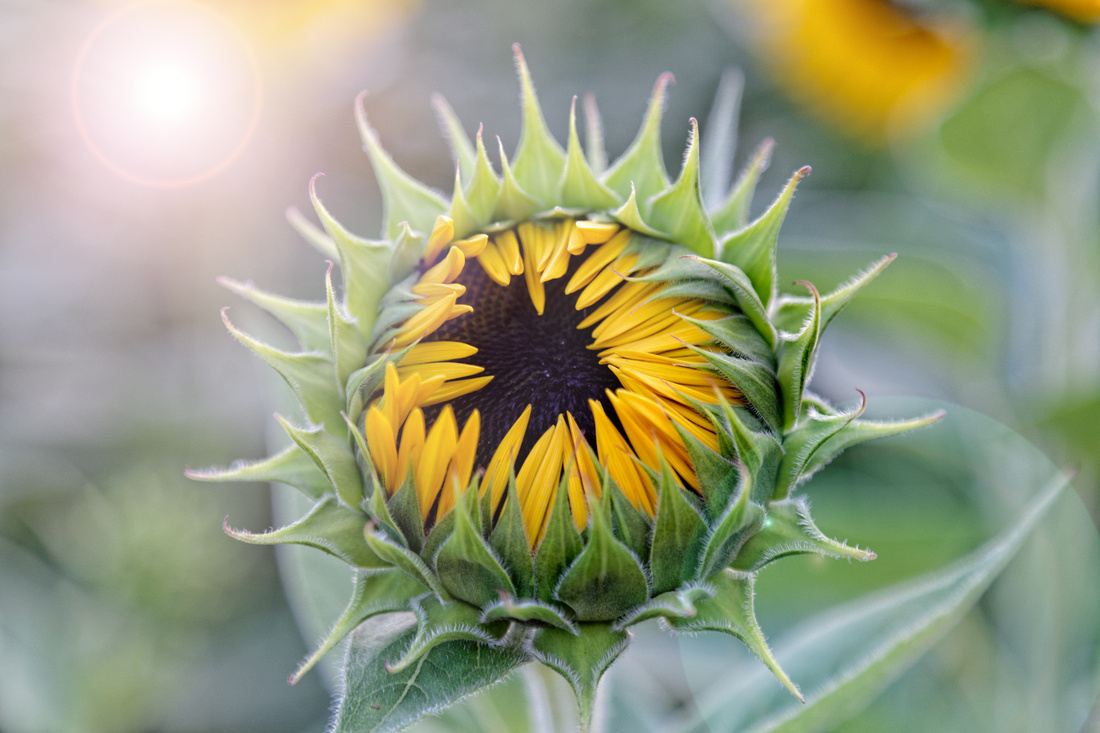


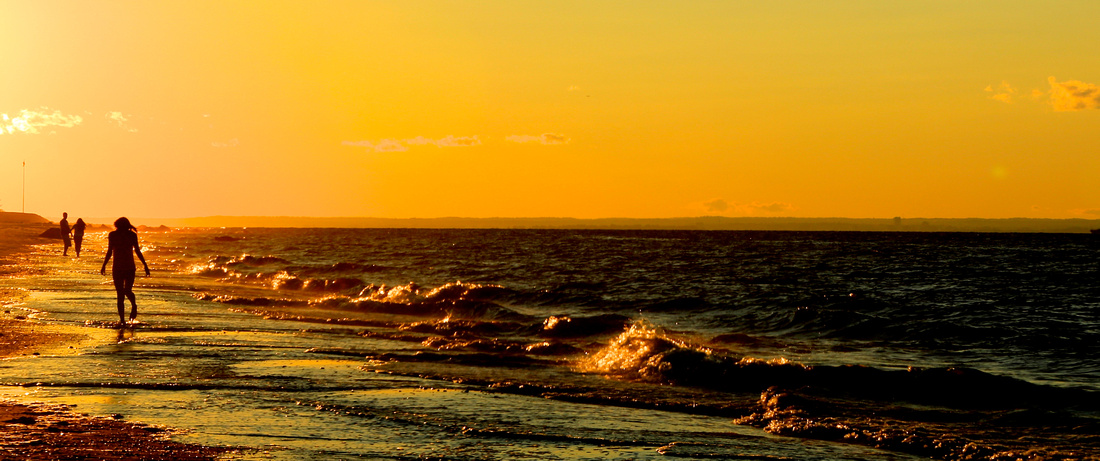









No comments:
Post a Comment
Note: Only a member of this blog may post a comment.